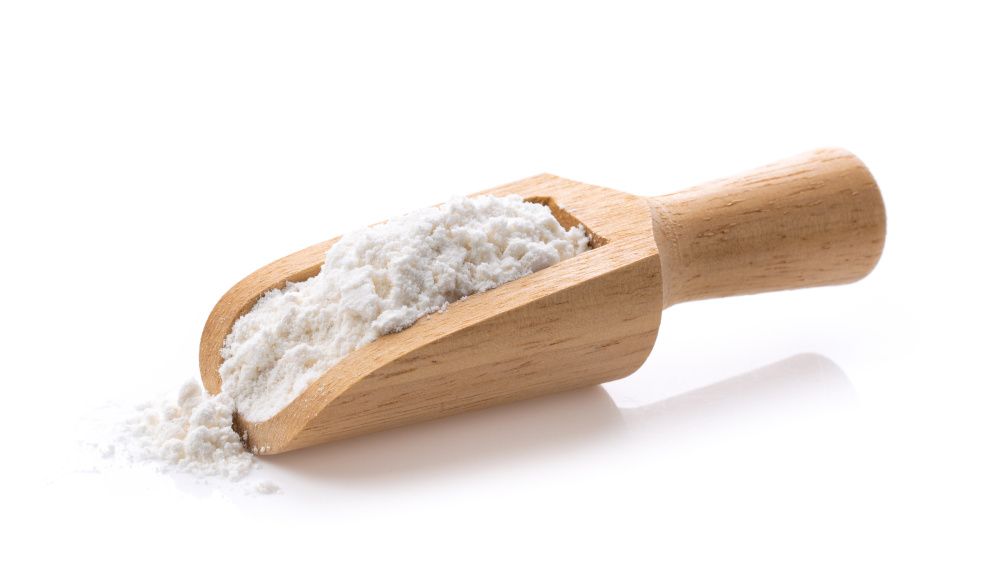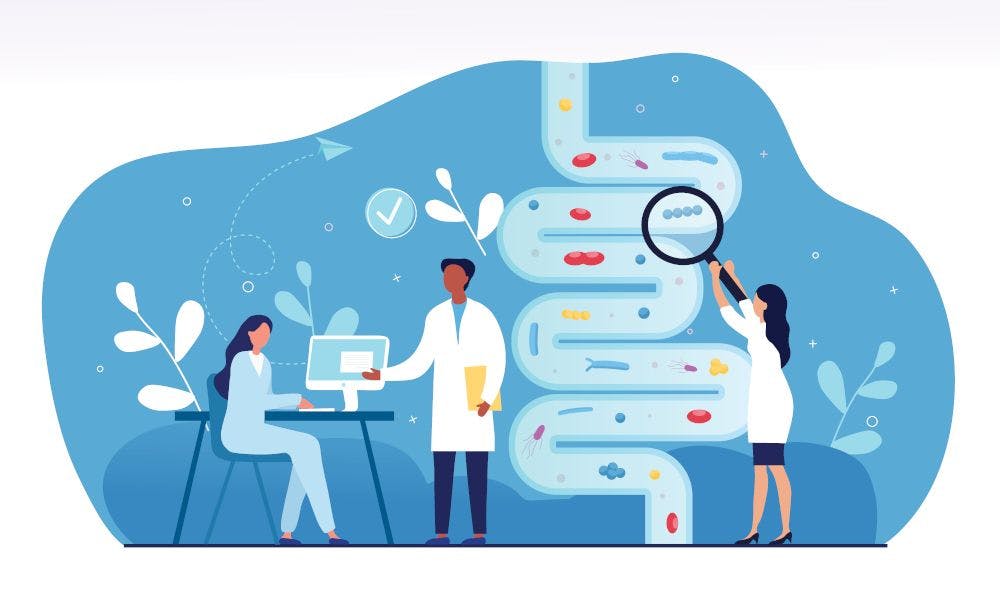Modified versus clean-label starches: Which do you choose?
The decision to use modified or clean-label starches will be unique to each company, with each option offering its own advantages and disadvantages.
Photo © Supamas - Stock.adobe.com

New product development in food is challenging the limits of food technology as manufacturers strive to offer products with improved taste and texture. Starches play a huge role in the quality and consistency of finished products. “Starches are the workhorses of the texturizing world, responsible for the gelling, thickening, and water-binding properties needed to create the tantalizing textures consumers love,” says Shiva Elayedath, senior technical services manager for Cargill (Minneapolis, MN). “Historically, we relied on modified starches, but in recent years, they’ve fallen out of favor with some consumers.”
For this reason, ingredient manufacturers have been hard at work developing functional clean-label starches that formulators can use to develop products that are not only clean-label but offer optimal texture. Cargill’s SimPure line of functional native starches, for example, offers high levels of process tolerance, allowing formulators to replace modified starches in a range of applications.
Compared to modified starches, however, clean-label starches are the minority, still requiring a good deal of research and development to achieve parity with modified starches despite the huge strides already made. “Consumer preferences aside, modified starches continue to have the edge with products that require enhanced process stability, such as dairy applications that must withstand high-shear or frozen applications with long shelf lives,” says Elayedath.
This is also true of plant-based meat and dairy alternatives, a category seeing immense consumer demand—which means increasing consumer standards as well as market competition.
“Plant-based alternatives definitely have formulators pushing the limits of what can be accomplished as they strive to create vegan cheeses that melt, stretch, and shred, and launch meat alternatives with the bite, succulence, and sliceability of their animal-based counterparts,” says Elayedath. “In response, ingredient suppliers are investing in R&D, looking for label-friendly solutions that address today’s texturizing challenges.”
Of course, not all products need high process tolerance, creating many opportunities for brands to differentiate from competitors by using clean-label starches that are easier to work with. Brands need to evaluate their needs and what they believe their end consumer will want. For example, in the natural product space, conscientious shoppers who read labels want to see simple ingredients they recognize rather than food additives. For brands competing for these shoppers, clean-label solutions are super important.
There are, however, many consumers who are relatively unconcerned about the ingredient deck than with the taste and texture of the product. “Nutritionally, there’s no difference between a modified starch and a label-friendly native starch. Some consumers, however, perceive label-friendly starches as a ‘less processed’ or more ‘natural’ choice,” explains Elayedath. “While modified starches rarely enable additional label claims, they can help brands create products with smooth, creamy, indulgent textures that are able to endure all kinds of harsh processing conditions. As consumers seek out products that deliver unique sensory experiences, there can be an opportunity for brands to tout these textures with ‘romance language,’ drawing consumers in with enticing, descriptive wording.”
The calculus behind the decision to use modified or clean-label starches will be unique to each company, with each option offering its own advantages and disadvantages. The key is to know your customers and effectively market your products’ qualities to capture their attention.

Prinova acquires Aplinova to further increase its footprint in Latin America
April 7th 2025Prinova has recently announced the acquisition of Brazilian ingredients distributor Aplinova, which is a provider of specialty ingredients for a range of market segments that include food, beverage, supplements, and personal care.
HHS announces restructuring plans to consolidate divisions and downsize workforce
Published: March 27th 2025 | Updated: March 27th 2025According to the announcement, the restructuring will save taxpayers $1.8 billion per year by reducing the workforce by 10,000 full-time employees and consolidating the department’s 28 divisions into 15 new divisions.


















